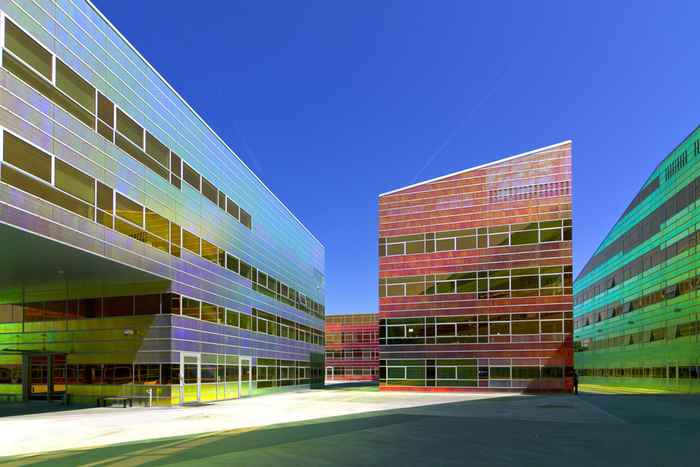Sentimental Journey - By visiting Prof. Nick Phelps
Publication date 09-04-2015
Twenty or so years ago I stood on a cold and windswept spot in Almere New Town being a young lecturer at Cardiff University assisting on our Diploma in Town Planning field trip to the Netherlands. What better way to escape the crowds of gawping, zoned-out, tourists in central Amsterdam on the Easter Good Friday the day after my Centre for Urban Studies talk than to take a sentimental journey out of town to a suburb of sorts?
